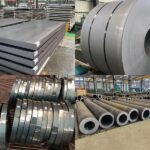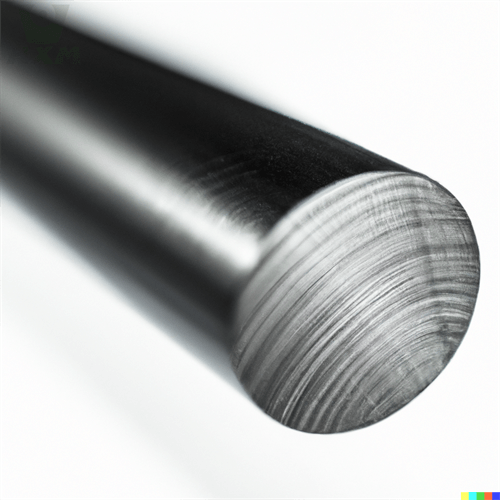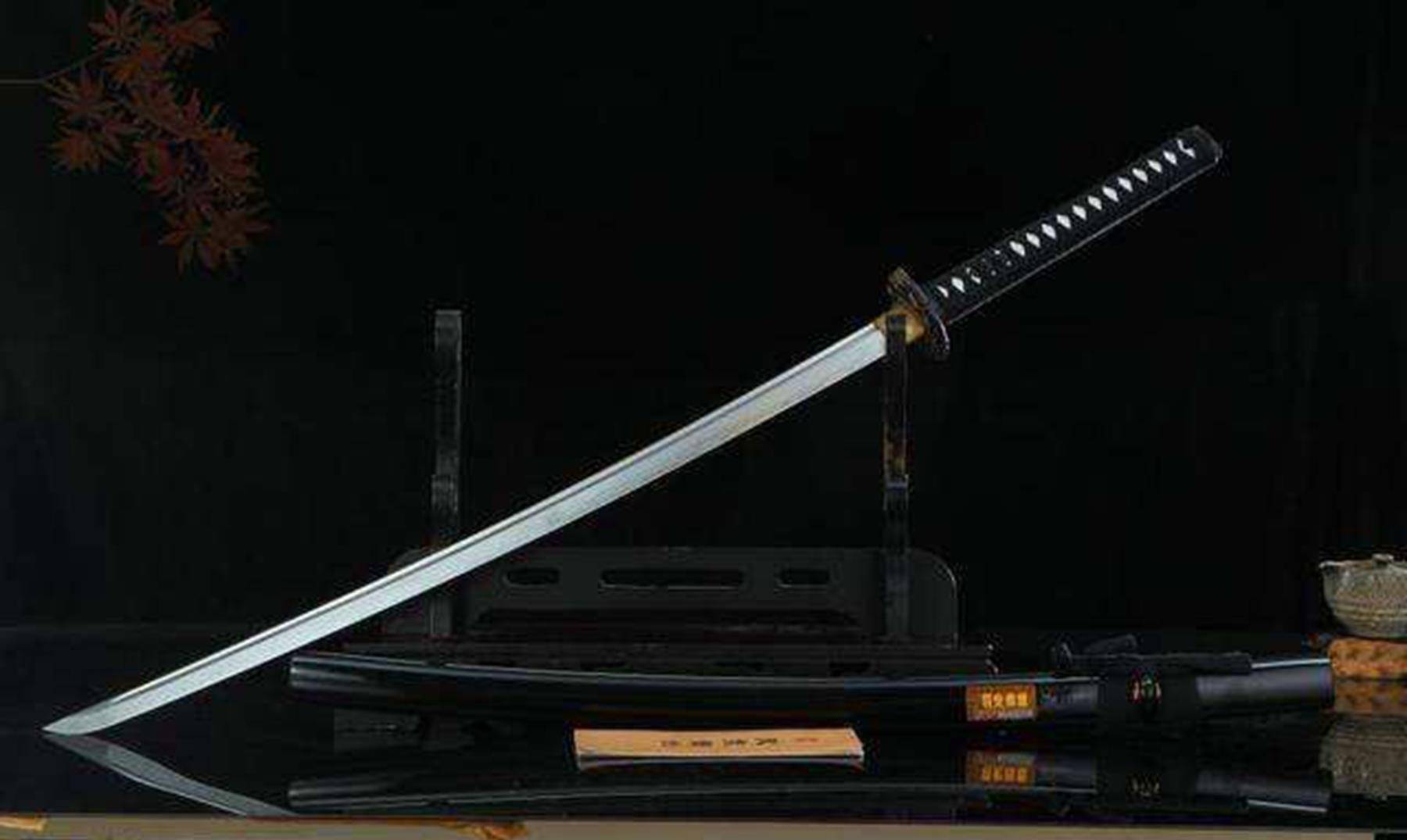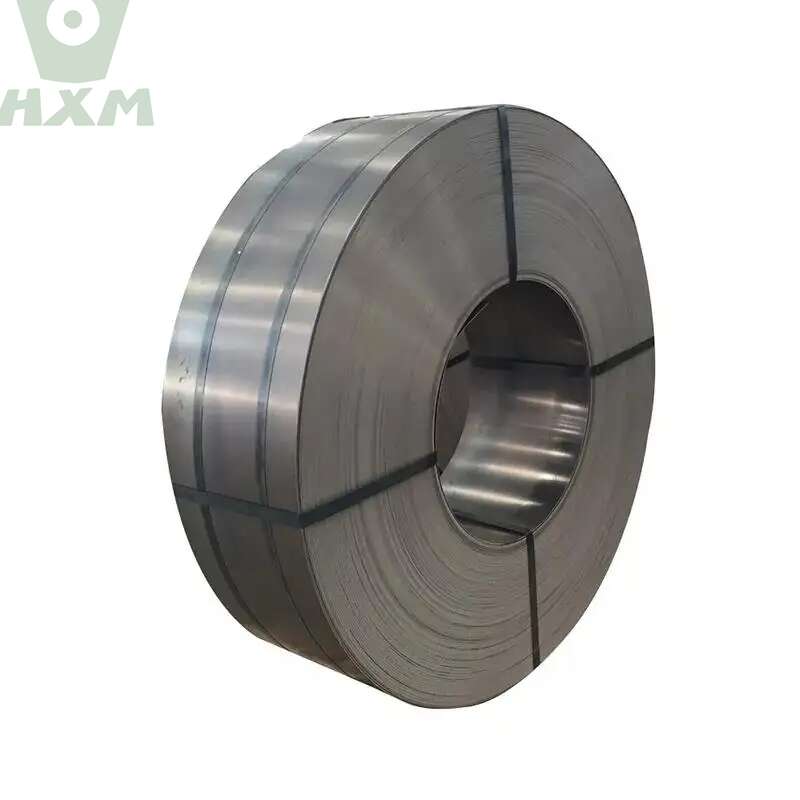Carbon steel, a fundamental material in the metallurgical world, possesses a unique set of properties that make it invaluable across a wide range of industrial applications. Its versatility, combined with its cost-effectiveness, has led to its widespread adoption in various sectors, from construction and manufacturing to automotive and aerospace. In this article, we delve deeper into the characteristics of carbon steel, exploring its chemical composition, mechanical properties, types, heat treatment, and applications.
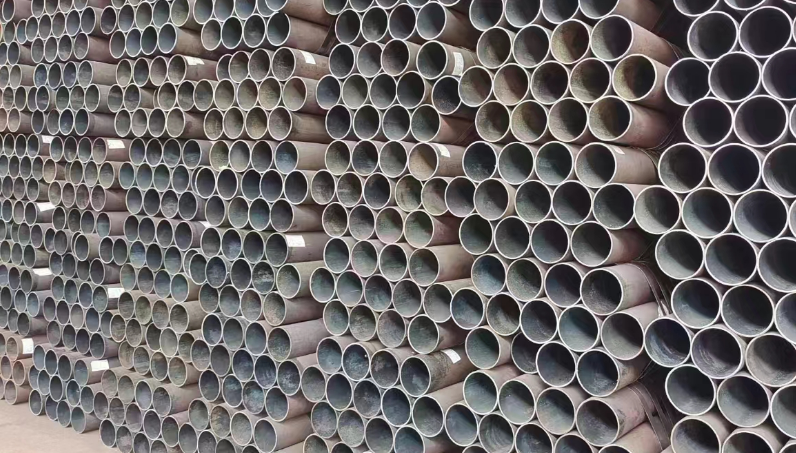
What are the characteristics of carbon steel?
1. Chemical Composition
Carbon steel gets its name from the primary alloying element: carbon. The amount of carbon present in carbon steel, typically ranging from 0.12% to 2.0%, significantly impacts its properties. In addition to carbon, carbon steel may also contain other elements like manganese, silicon, sulfur, and phosphorus in varying quantities. These elements, while present in small amounts, contribute to the overall performance of the steel.
2. Mechanical Properties
The mechanical properties of carbon steel are what make it such a versatile material. Its hardness, strength, ductility, and toughness are key factors that determine its suitability for a particular application.
- Hardness: Carbon steel can be heat-treated to achieve varying degrees of hardness. As the carbon content increases, the steel becomes harder and more wear-resistant, making it ideal for applications where abrasion is a concern.
- Strength: The tensile strength of carbon steel, which refers to its ability to resist breaking under tension, also varies with carbon content. Higher carbon levels lead to higher strength.
- Ductility: While carbon steel is generally considered ductile, its ductility decreases as the carbon content increases. This means that high-carbon steels are less likely to deform plastically before fracturing.
- Toughness: Toughness is a measure of a material’s ability to absorb energy and resist fracture. Carbon steel exhibits good toughness, especially when properly heat-treated.
Carbon steel is broadly classified into three main types based on its carbon content: low-carbon steel, medium-carbon steel, and high-carbon steel.
- Low-Carbon Steel: Containing up to 0.3% carbon, low-carbon steel is soft, ductile, and easy to weld. It is commonly used in sheet metal applications where formability is essential.
- Medium-Carbon Steel: With a carbon content ranging from 0.3% to 0.6%, medium-carbon steel offers a good balance of strength and ductility. It is often used in automotive parts, machine components, and forged goods.
- High-Carbon Steel: High-carbon steel contains more than 0.6% carbon and is prized for its high hardness and wear resistance. It is typically used in tools, cutting edges, and springs.
4. Heat Treatment of Carbon Steel
Heat treatment is a crucial step in the processing of carbon steel, as it significantly affects its mechanical properties. Common heat treatment processes include hardening, tempering, and annealing.
- Hardening: Hardening involves heating the steel to a critical temperature and then rapidly cooling it to obtain a desired hardness. This process can be achieved through quenching in water, oil, or other media.
- Tempering: After hardening, the steel is often tempered by reheating it to a lower temperature and then allowing it to cool slowly. Tempering reduces the brittleness of the steel and improves its toughness.
- Annealing: Annealing is a heat treatment process that softens the steel by heating it to a specific temperature for a prolonged period and then cooling it gradually. This process is used to reduce internal stresses and improve machinability.
5. Applications of Carbon Steel
The diverse properties of carbon steel make it suitable for a wide range of applications. Some common uses include:
- Construction: Carbon steel is widely used in the construction industry, particularly in the form of steel beams, columns, and plates. Its strength and durability make it a reliable choice for building structures.
- Machinery and Tools: Carbon steel is a popular material for making machine components, tools, and dies due to its ability to withstand heavy loads and resist wear.
- Automotive: Carbon steel is extensively used in the automotive industry for manufacturing various parts, including chassis, suspension components, and drive shafts.
- Aerospace: Due to its light weight and high strength-to-weight ratio, carbon steel finds applications in the aerospace sector, where it is used in aircraft frames, landing gear, and other critical components.
Conclusion
In conclusion, carbon steel’s unique chemical composition and mechanical properties, coupled with its versatility and cost-effectiveness, have made it a ubiquitous material in various industries.
Thank you for reading our article and we hope it can help you to have a better understanding of the characteristics of carbon steel. If you are looking for carbon steel suppliers and manufacturers online now, we would advise you to visit Huaxia Steel.
As a leading supplier of carbon steel from Shanghai China, Huaxia Steel offers customers high-quality carbon steel, alloy steel, and tool steel products at a very competitive price.


